Over 5,000 years of empires, invasions, inventions and intrigue make up the fascinating and diverse world of Chinese history.
While the Middle Kingdom’s men have been lauded as fearsome warriors, genius inventors and strongman emperors, Chinese women have all too often been unfairly overlooked.
In honor of International Women’s Day, here are nine that have forged their way into the annals of time.
Wu Zetian
The Only Female Emperor
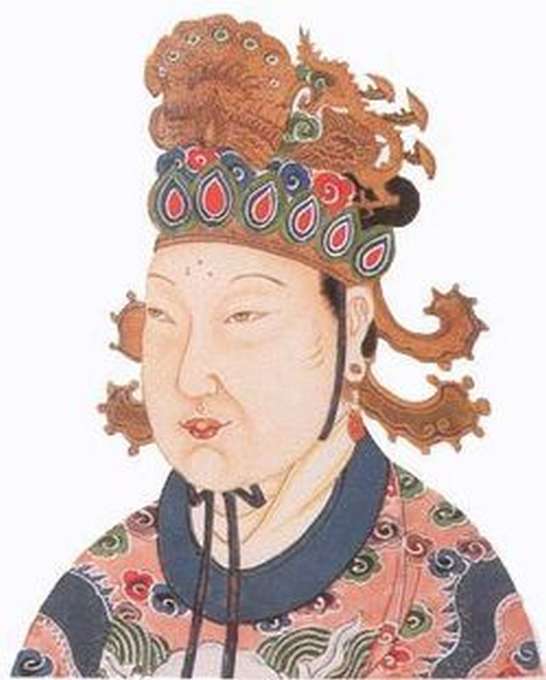
Image via Wikimedia
The first and only Chinese empress, Wu was the only women to hold the title of huangdi, which meant that she was officially empress in her own right.
Ruling from 690 to 705 AD, her reign may have been short, but it was certainly important. A master of political intrigue, Wu was originally the favorite concubine of Emperor Taizong (r. 598-649).
In this role she managed to increase her position considerably and, at the time of Taizong’s death, she married his son, and the new emperor, Gaozong in 655.
Five years later, Emperor Gaozong suffered a debilitating stroke, which elevated Wu to the top of government. When Gaozong died in 684, Li Zhe ascended to the throne.
Li, the third son, had been the dead Emperor’s third choice, but Wu had poisoned the first son, Li Hong, and had their second son exiled.
Wu thought that she could control Li Zhe, but struggled, which forced her to depose him six months into his rule. Replaced by his younger brother, Li Dan, Wu controlled him until she finally forced the young emperor to vacate the throne for his mother.
This vicious rise was in contrast to her reign; she made a number of intelligent decisions, as well as expanding the borders of the empire.
Under her rule, the state invested in religion, literature and education, with some historians regard her focus on education as having a real effect on Chinese scholarship up until the modern day.
Wu Mei
Legendary Shaolin Martial Artist
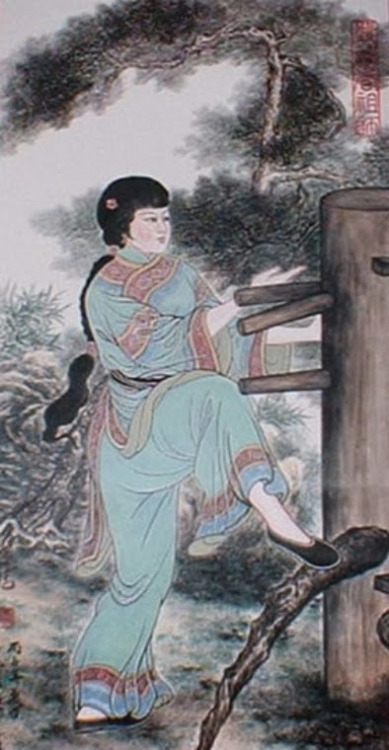
Image via Sohu
Namesake of the empress, Wu Mei – or Ng Mui – lived over 1,000 years after Wu Zeitan. One of the legendary ‘Five Elders’ in Shaolin martial arts, Wu survived the destruction of the Shaolin Temple during the Qing Dynasty.
The Qing emperor (the dates are very unclear) accused the Shaolin Temple in Dengfeng of supposed anti-Qing activities. This caused the Qing ruler (again, the reign cannot be determined) to order the destruction of the temple.
In this brutal and bloody assault on the temple, the only survivors to crawl from the ruins were the so-called Five Elders. Wu Mei was one of them.
These legendary Elders are credited with spreading martial arts across China, with Wu – perhaps the most skilled – inventing and perfecting some of the most famous and important styles, including the Dragon style, Five-pattern Hung Kuen, Wu Mei Pai, Tibetan White Crane and the famous Wing Chun.
Wang Zhenyi
Astronomical Genius
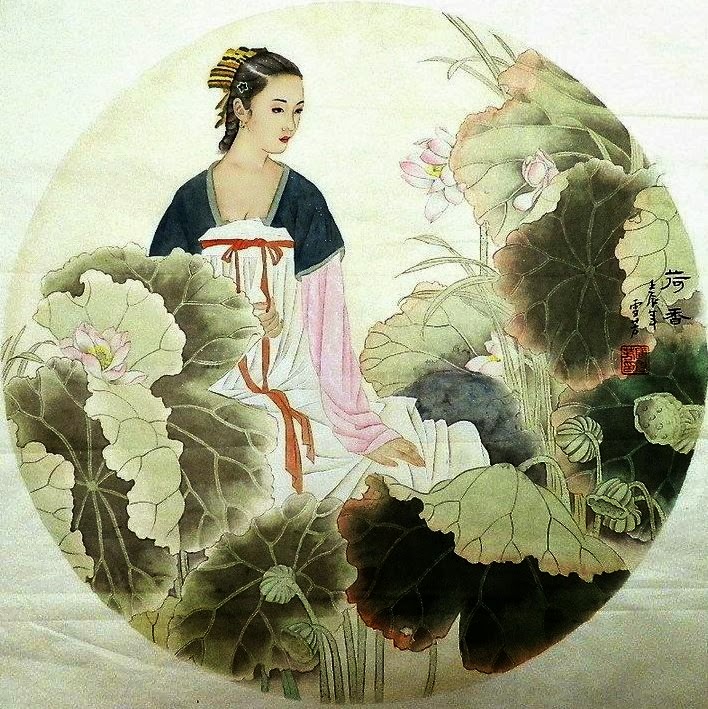
Image via Baidu
Science, it seems, has all too often been a man’s world. Combine that with Chinese feudal society, and no one would blame you for thinking it would have been impossible for a woman to get a break, let alone become celebrated.
Well, that’s exactly what Wang Zhenyi did. Despite only living until 29, this genius excelled in poetry, math and, of course, astronomy.
Born in 1768, Wang grew up in a learned household, and was taught to read and write by her father and grandfather.
By 27 she had published a number of works including Dispute of the Procession of the Equinoxes and her groundbreaking The Explanation of Pythagorean Theorem and Trigonometry. She is also famous for her experiments to study the lunar eclipse.
Not only a brilliant mathematician and astronomer, she was a great poet too. By the age of 13 she had written a number of poems which even gained praise from famous Qing dynasty scholar Yuan Mei.
What a tragedy it is then that the world never got to see Wang live past 29; she died in 1797 from illness, but not before she had given all of her works to her friend Madam Kuai for preservation.
Ching Shih
From Prostitute to Pirate Queen
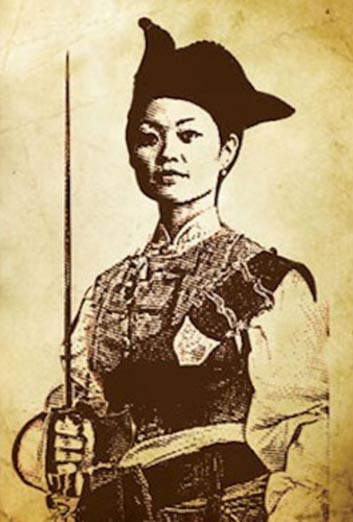
Image via Sohu
Born in 1775, not much is known about the early years of Ching Shih, other than that she was working as prostitute in Guangdong until she met pirate captain Zheng Yi, who asked her to marry him.
Of course, Ching Shih wasn’t going to become some trophy wife, so in return for her hand in marriage, Ching demand that Zheng split his entire fleet with her.
Part pirate, part privateer, Zheng and his new wife (and partner in crime) set off to fight in the Tay Son Rebellion. Fighting for the Tay Son rulers, Zheng didn’t find much success during the rebellion, and left the uprising early after sustaining a number of losses to the fleet.
However, this moderate failure wasn’t the end of Zheng’s Red Flag fleet; in fact, it was the opposite and, when Zheng finally died in 1807, Ching inherited a pirate fleet of 1,500 vessels.
Ching went on to continue her late husband’s legacy, taking on the Chinese, Vietnamese and even the British and Portuguese fleets.
Respected by her men for her excellent seamanship, as well as a ruthless streak, Ching was unusual in pirate circles, in that she eventually retired (rather than died on the job) with a small fortune to her name.
Zhou Qunfei
Phone Screen Queen
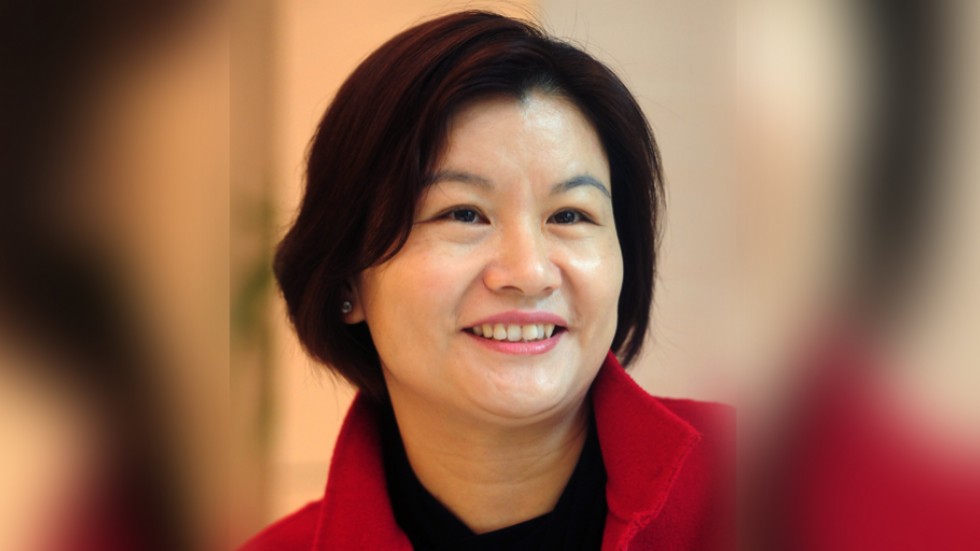
Image via QQ
A multi-billionaire in her own right, Zhou at one point was China’s wealthiest woman. With a fortune hovering around the USD10 billion mark, she has also been declared the world's richest self-made woman. Her company, Lens Technology, of which she is the founder and CEO, makes touchscreens for smart phones.
Originally working in a small watch factory for RMB120 a month, she handed in her resignation after becoming displeased with the working conditions. Rather than let her go, her boss promoted her and she stayed with the company until it folded.
At 22, she used all her savings (USD3,000) to establish her own company. Starting out of her bedroom with the help of her siblings and cousins, it designed and produced high quality watch lenses.
This small bedroom operation would eventually go on to become Lens Technology, which has variously made phone screens for Nokia, HTC and Samsung. However, the biggest turning point for her was when she designed and manufactured the touchscreens for the original Apple iPhone.
Zhou’s ‘rags-to-riches’ story has become an inspiration to the millions of migrant workers across the country.
Wu Yi
China’s Iron Lady
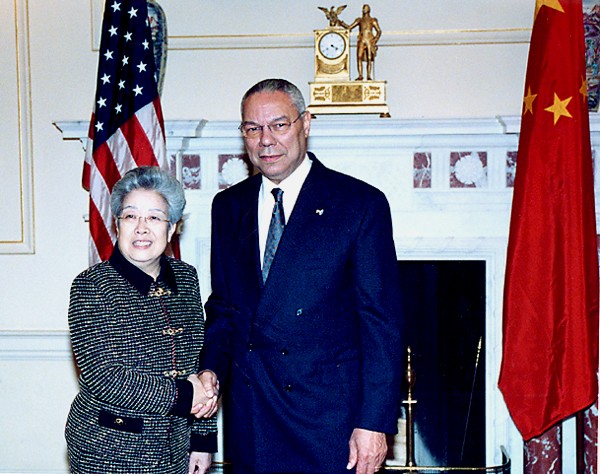
Image via Wikimedia
A three-time winner of Time Magazine’s 'Most Powerful Women in the World,' Wu Yi was one of the most prominent Chinese politicians of the 2000s. Vice premier between 2003 and 2008, Chinese media referred to her as the ‘Iron Lady of China’ due to her tough negotiations internationally.
An adept politician, Wu spent most of her adult life as a petroleum technician and party member, before being elected Beijing’s mayor in 1988. She eventually worked her way up through the party ranks until she was made a member of the politburo and vice premier.
She is also known for successfully containing the 2002 SARS outbreak when she was health minister.
Wu retired in 2008, and humbly asked that nobody remember her. Err, sorry about including you in this list then...
Hua Mulan
Mythic Warrior Princess
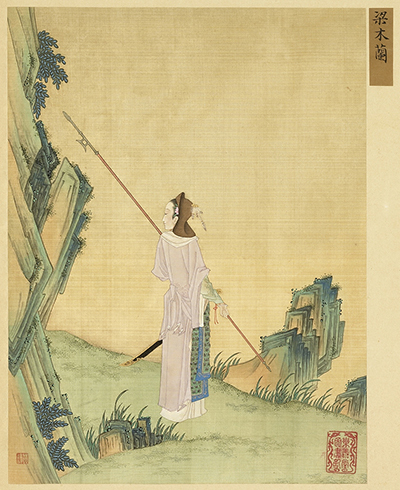
Image via Wikimedia
The inspiration for the Disney classic Mulan, the mythical Hua Mulan was known for her amazing kung fu and sword skills. The Ballad of Mulan tells the story of how Mulan took over her late father’s army and served for 12 years with distinction.
One of Mulan’s most noble characteristics was that she refused any rewards before retiring to her hometown.
Not much is known about her, probably due to her living in the 5th Century. However, the tale of how she went to battle in the place of her father has caught the imaginations of both Chinese and Western writers ever since.
Song Qingling
Mother of Modern China
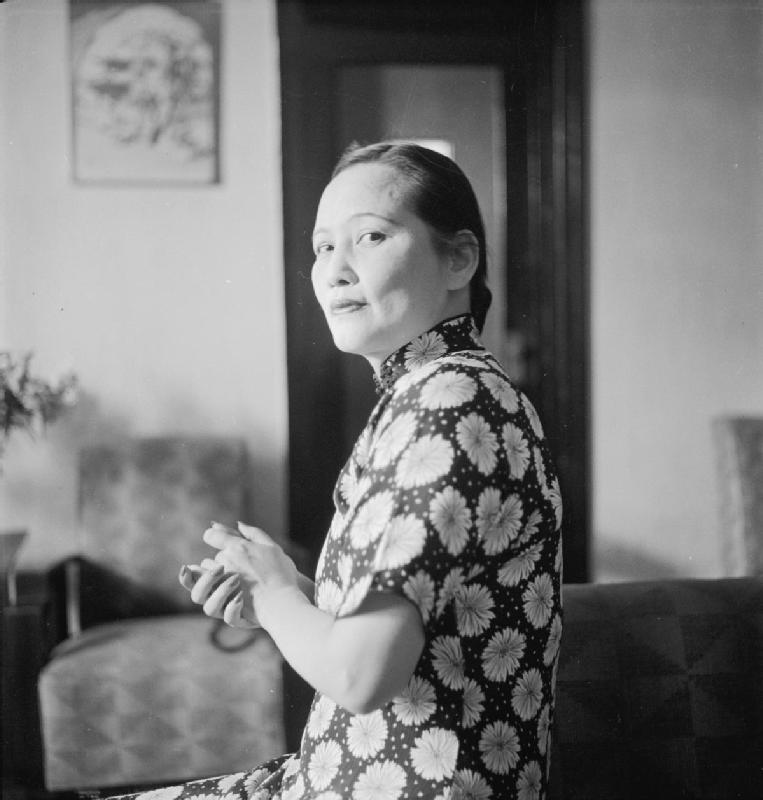
Image via Baidu
Originally the wife of Sun Yat-sen, Song Qingling went on to forge her own path away from her family following the Chinese Civil War. Elected to the KMT Central Executive Committee after Sun’s death in 1925, she left the party and the country following the expulsion of the Communists from the KMT.
While her sister, Mei-ling, married Chiang Kei-shek, Qingling chose to leave her family during the Chinese Civil War and side with the Communists, helping to raise funds for Communist militias in the north of the country.
After the war, she chose to stay on the Chinese mainland, rather than flee to Taiwan with the rest of her family, thus leaving herself isolated due to her beliefs.
Held in great esteem, she was used to demonstrate the connection between Sun’s 1912 Revolution and the new People’s Republic of China, and went on to hold numerous senior positions in the Party, including vice president.
Heavily criticized during the Cultural Revolution, Qingling still managed to survive the period, though her public appearances became limited from then on.
With her political career at an end, she dedicated her life to humanitarian causes, primarily children’s welfare issues. During her final illness in 1981 she was awarded the special title of Honorary President of the People’s Republic of China.
Xun Guan
Teenage Tactical Genius
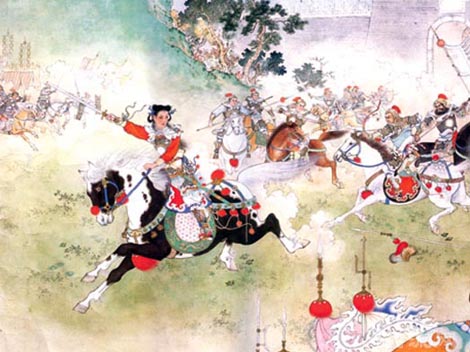
Image via Sina
Of the many warrior princesses who appear in Chinese history, our favorite has to be 13-year-old Xun Guan.
Xun lived between 265 and 316 AD with her father Xun Song, the governor of Xiangyang. For Xun, all it took was one fateful night while her castle was under siege to cement her name in the history books.
Intelligent and a skilled martial artist, she convinced her father not to lead an assault on the surrounding forces, as she was afraid that him leaving the castle would affect the morale of the people. She instead pleaded that she should lead a team of crack troops against the besieging force.
Her father reluctantly allowed her to sally forth with the elite soldiers. Xun realized that there was a weak spot in the enemy’s line and swiftly defeated them. This brilliant and daring attack allowed the garrison to hold out until the relief forces arrived.
Not bad for a 13-year-old…
This article was originally published on March 8, 2017. It has been updated and republished on March 8, 2024.
For more history articles, click here.





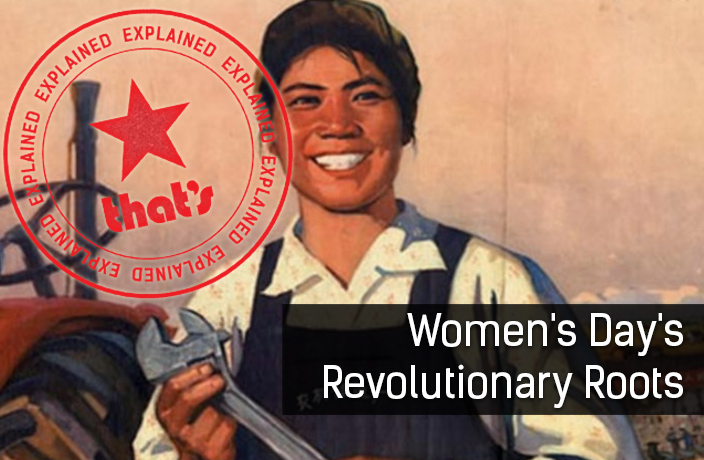
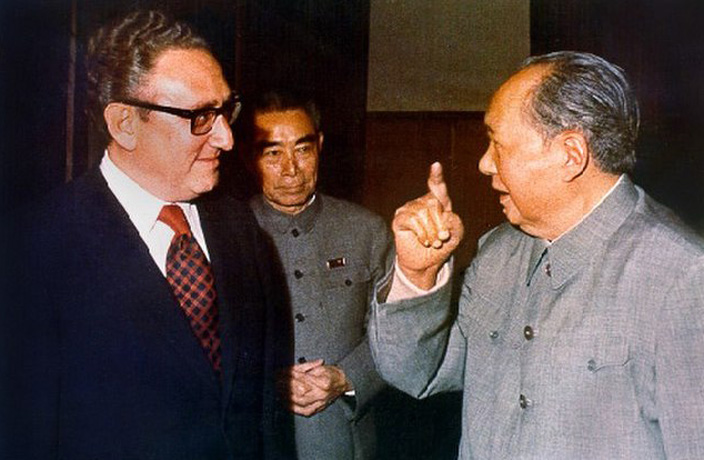














0 User Comments